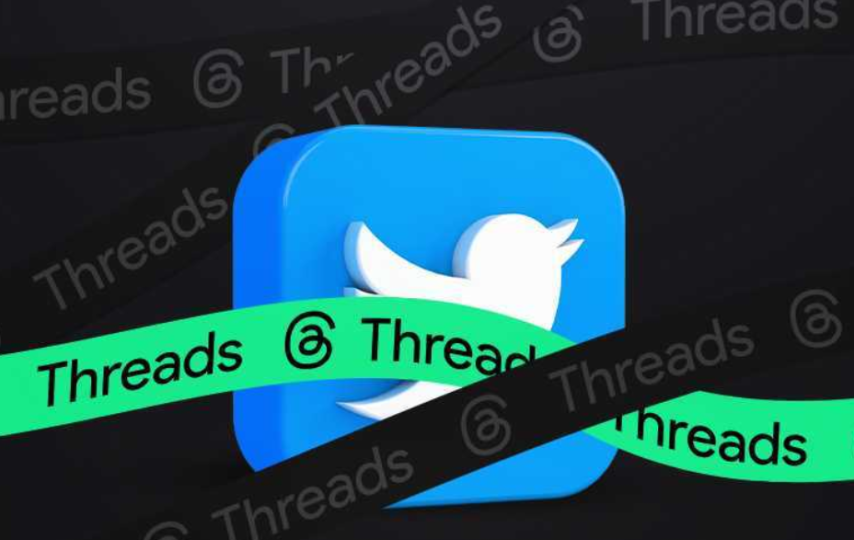Opinions among product experts are split, with some claiming that “Threads will kill Twitter,” while others liken the situation to a “Coke vs. Pepsi” debate. Although many acknowledge that Threads lacks certain features and resembles Twitter from 2010, most agree that it deserves a spot on their home screen.
What’s the Feud About
Founded in 2004, Twitter sprang to fame as the first widely used microblogging site after a 2007 presentation at Austin, Texas’s South by Southwest (SXSW) Music Conference. Since then, it has accumulated over 360 million monthly active users and functions as a worldwide center for the distribution of real-time news.
However, Twitter has seen a number of scandals in recent years, including as changes in the CEO, rumors of an acquisition, large layoffs, and the implementation of daily use caps for users. Despite these difficulties, Twitter has managed to retain a devoted following of users, despite earlier efforts to emulate its success with microblogging failing.
With the advent of “Threads,” a Twitter-like service, on July 5, 2023, Meta made it easy for its three billion+ Instagram users to move their accounts. Thirty million people signed up for Threads on the first day of its launch, raising concerns over whether there is enough space in the social media space for two microblogging apps.
Though it’s still unclear whether Threads will overtake Twitter in terms of popularity, opinions within the product community are still divided on the subject.
Past Twitter competitors
Twitter is known for providing a platform that allows users to openly express their opinions with no restrictions, yet this feature has also come under fire. Many more options have surfaced throughout time, including Minds (2015), Mastodon (2016), Pleroma (2015), Gab.ai (2016), Amino (2012), Tumblr (2006), Diaspora (2017), Plurk (2008), Micro.blog (2017), T2 (2022), Minds (2015), Pleroma (2015), and Spill (2022). Although these platforms are all substitutes for Twitter, they differ in terms of functionality and revenue methods, with some focusing on certain demographics.
Several of them have quite large user bases (over 100 million), demonstrating the vast scope of this market.
Since Meta is more well-known than all of these applications combined, it seems that Meta took a chance when it entered this market. Despite Twitter’s difficulties, Meta saw an opportunity to seize and pooled its efforts to make Threads a mainstay in the social media space.
Why this time may be different
There is a big difference this time around. Prior competitors of Twitter did not have a clear route to growth and distribution, which is essential for any social platform to succeed. But Threads has a huge edge over Instagram—it can instantly reach its three billion followers! No other business can claim to have such quick access to such a large user base. Not one. Not even one.
Furthermore, Meta seems to have taken a fresh approach, prioritizing social media above its metaverse vision—at least going forward. Similar to many other digital companies, Meta has reduced its funding for innovation in order to concentrate more on bringing in money now, in line with its core competencies. Although Meta hasn’t given up on AR and VR completely, it is putting a lot of emphasis on the need to get back video traffic on social media and make its AI models publicly available.
Meta has revised their projection, indicating that meaningful income from AR/VR won’t appear until 2030. The stock market is paying attention, and Meta’s rivals are undoubtedly on high alert due to this enhanced focus on social media.
What the product community is saying
It’s interesting that there hasn’t been much talk about this subject in the product community. Many people who have participated in our conversations have seen a notable increase in the number of users. Most do agree, however, that a product’s ability to keep consumers is a true indication of its efficacy rather than its early buzz.
The way each platform encourages relationships is one important distinction. Unlike Twitter, where individuals often follow one other based on common interests, Threads first links users with friends. This option isn’t originally available in Threads for those frequent Twitter users who search for certain subjects since the search tool only looks for individuals, not topics.
Moreover, Threads’ first release is different from Instagram in that, like Twitter, a user’s feed shows postings from everyone over the site instead of only those from friends. Users who are more used to the Instagram experience may find this change odd.










